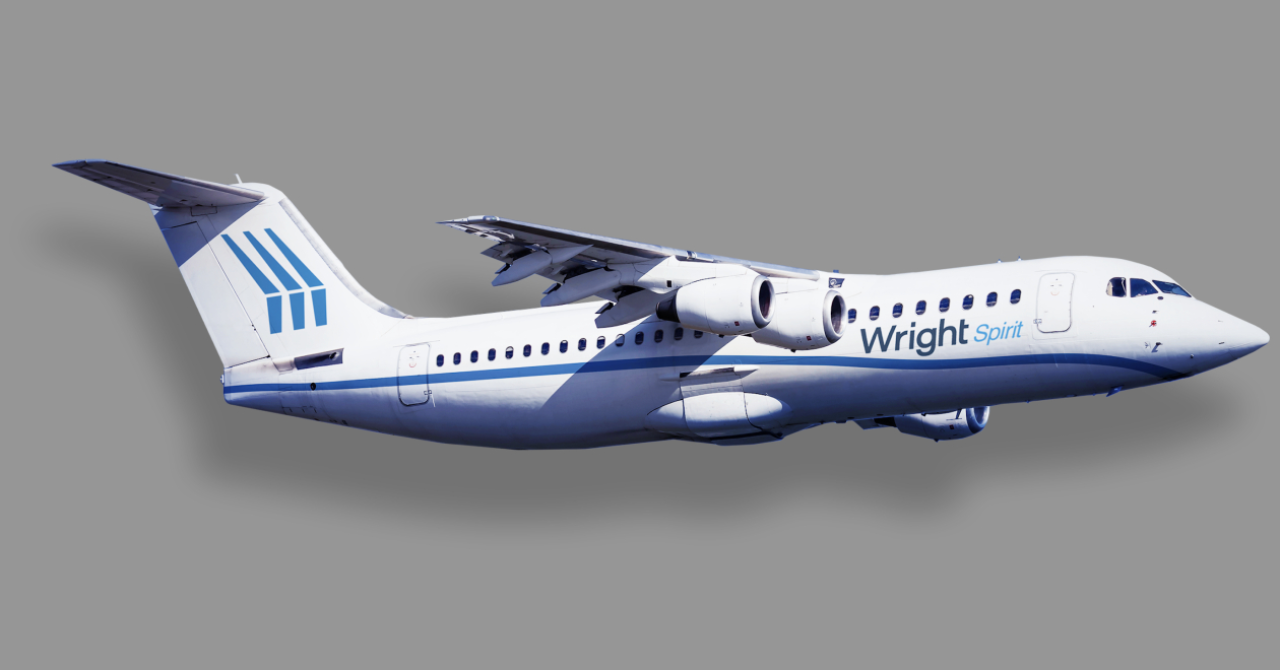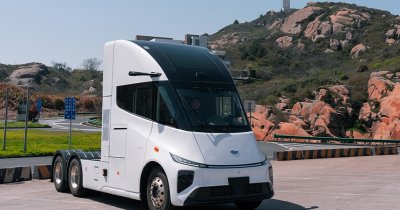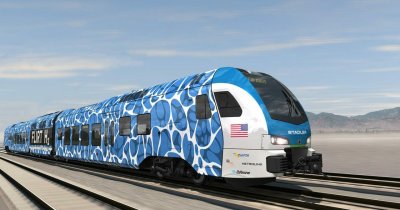According to Saratoga Living, the startup, founded back in 2016 and previously based in Boston and some Californian cities, now moved to Malta, in an area that is pretty widely-populated by tech companies.
Jeff Engler, Wright Electric's CEO, said that "we make a very specialized motor and a very specialized computer to control that motor, and there aren’t a lot of places in the world where there are people who have deep expertise in that."
Following using a carbon calculator, he determined that his footprint was getting higher with every flight that he took, which made him stop flying altogether for six whole months. In our modern society, giving up on flying indefinitely isn't really achievable, he discovered, which is why he started looking for a more sustainable alternative, in the form of electric planes.
He believes that "what’s already happening with electric vehicles is going to happen with planes, too."
One of his goals is completely eliminating the emissions for flights that are under 1.290 kilometers by 2040. To be able to achieve this, the company's engineers will try to manufacture a set of electric engines that are compatible with both batteries and hydrogen.
Wright Electric's first fossil-free planes are set to be released sometime in 2026 and they will be retrofitted 100 passenger BAe 146 British planes, named Wright Spirit.
The planes will be equipped with four engines and are set to achieve a range of one hour or some 640 kilometers.
With ground testing for the propulsion system taking place already, flight tests are expected to commence in 2024.
Another model, expected to come at a later date after 2030, is the Wright 1, and it is expected to have a capacity of 186 passengers, as well as the targeted range of 1.290 kilometers.
While the planes are not expected to look much different from traditional commercial jets, they are expected to have a few more engines under the wing.
Jeff said that "It’s kind of like how from the outside a Tesla doesn’t look very different from a regular car. But under the hood, it’s quite different."
Photo source: Wright Electric
 Mihai - Cristian Ioniță
Mihai - Cristian Ioniță












Any thoughts?